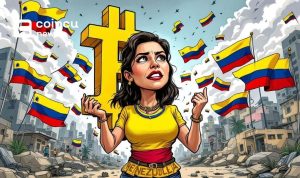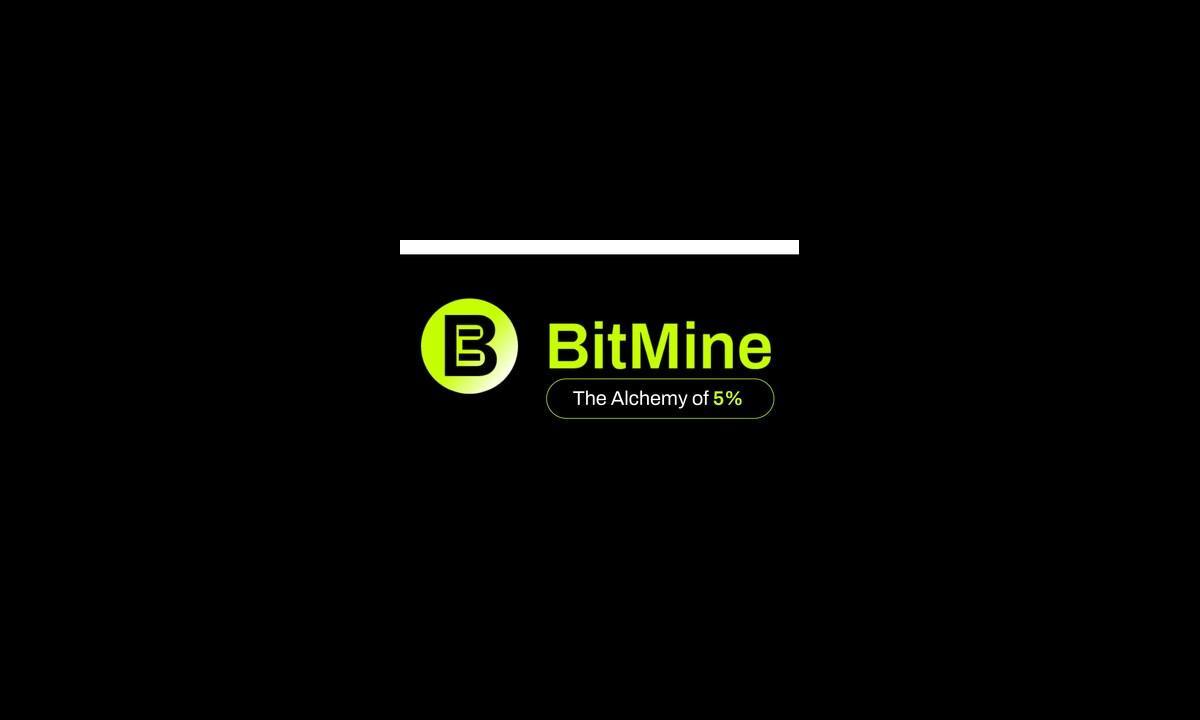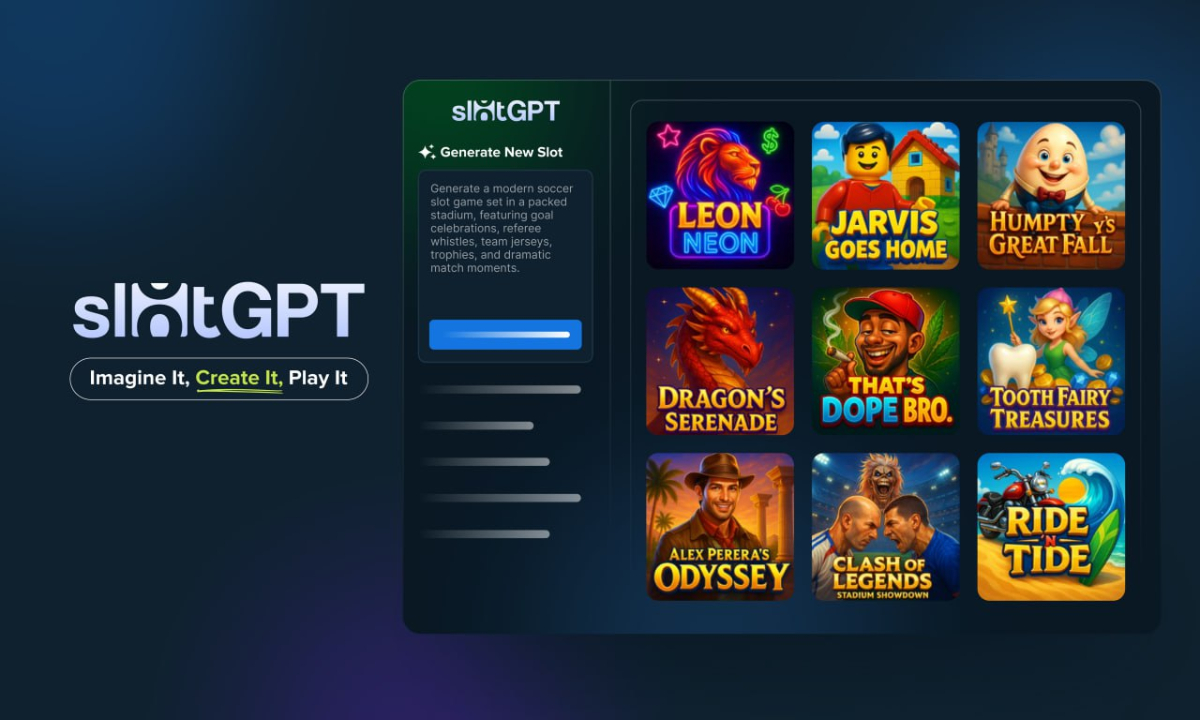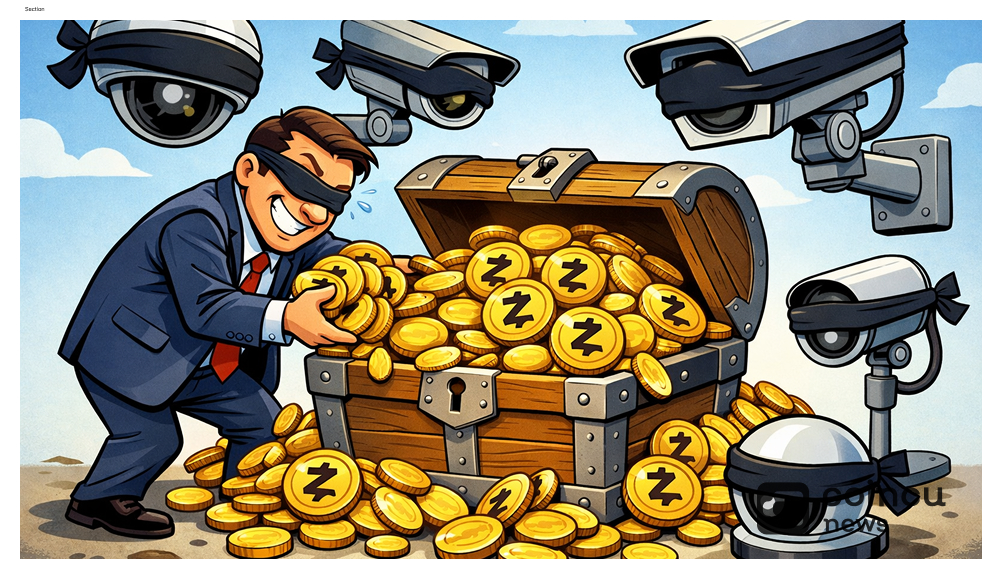With the rise in demand on the Ethereum network due to the NFT and yield farming crazes in late 2020, there was a need for faster processing speeds and cheaper transactions. To address this, Layer 2 blockchains and zero-knowledge rollups were introduced.
What is Understanding Zero-Knowledge Rollups?
Zero-knowledge rollups, also known as zk-rollups, are a Layer 2 scalability solution that enables blockchains to validate transactions faster and keep gas fees low. Unlike traditional Layer 1 blockchains like Ethereum, zk-rollups combine on-chain and off-chain processes to achieve better performance.
While the Ethereum mainnet relies on on-chain activities for transaction processing and block validation, zk-rollup solutions introduce off-chain functionalities. One key component that enables zk-rollups to validate transactions faster than Layer 1 blockchains is the use of Merkle Trees.
Merkle Trees are a crucial mathematical structure that ensures the integrity of on-chain records in a zk-rollup. Typically, a zk-rollup consists of two Merkle Trees stored on a smart contract, or on-chain. One tree stores accounts, while the other stores balances. Any other data generated and used by the zk-rollup is stored off-chain.
The off-chain storage of data is one of the reasons why zk-rollups outperform Layer 1 solutions. Merkle Trees only contain essential data relevant to the smart contract and are accessed and requested less frequently compared to Layer 1 solutions. This saves processing power and time for the blockchain, resulting in lower gas fees. As a result, Layer 2 solutions, particularly zk-rollups, are preferred by small-time traders.
Let’s consider an example to understand zk-rollups better. Suppose Alice wants to send 1 ETH to Bob. Instead of broadcasting this transaction to the Ethereum mainnet, Alice submits her transaction details to a zk-rollup solution. The zk-rollup validates the transaction using the Merkle Trees and generates a proof, which is a cryptographic verification that the transaction is valid. This proof is then submitted to the Ethereum mainnet, reducing the transaction cost and increasing scalability.
Zk-rollups are gaining popularity among developers, investors, and traders due to their improved usability, faster transaction processing, and lower costs. Zk-rollup-based solutions like Zcash are attracting investors’ attention. As blockchain technology continues to evolve, performance and pricing will continue to improve. Layer 2 solutions and zk-rollups are just the beginning of the next era of advanced blockchain technology and cryptocurrency systems.
Now, let’s dive deeper into the concept of zk-rollups by understanding the on-chain and off-chain components involved:
What are the on-chain and off-chain components of zk-rollups?
1. On-chain Component:
The on-chain component of zk-rollups includes the Merkle Trees and the smart contract that stores them. Merkle Trees are an integral part of zk-rollups as they provide the necessary mathematical proof for transaction validation. These trees are constructed using hash functions, which ensure the integrity and security of the data stored in them.
The smart contract on the Ethereum mainnet stores the Merkle Trees and handles the verification of proofs. It acts as a bridge between the zk-rollup solution and the Layer 1 blockchain, allowing for efficient transaction processing.
2. Off-chain Component:
The off-chain component of zk-rollups is where most of the data processing and computation occurs. This includes the generation of proofs, verification of transactions, and storage of additional data that is not relevant to the Merkle Trees. Off-chain components are typically implemented using different technologies like zero-knowledge proofs, optimistic rollups, or other Layer 2 solutions.
Together, the on-chain and off-chain components of zk-rollups work in harmony to achieve scalability, faster transaction processing, and lower costs.
Let’s consider another example to illustrate the interaction between the on-chain and off-chain components of zk-rollups. Suppose Alice wants to transfer ownership of her NFT to Bob. She submits the transaction details to the zk-rollup solution, which generates a proof of the transaction’s validity using the Merkle Trees. This proof is then submitted to the Ethereum mainnet, where it is verified by the smart contract. Once the transaction is confirmed, Bob receives ownership of the NFT.
By combining the benefits of on-chain and off-chain processing, zk-rollups offer a promising solution to the scalability challenges faced by blockchain networks like Ethereum.
What is the conclusion?
Zero-knowledge rollups (zk-rollups) are a Layer 2 scalability solution that allows blockchains to process transactions faster and reduce gas fees. By utilizing Merkle Trees and combining on-chain and off-chain components, zk-rollups achieve improved performance compared to traditional Layer 1 blockchains.
As blockchain technology evolves, zk-rollups and other Layer 2 solutions will play a crucial role in enhancing the scalability and usability of blockchain networks. With lower costs and faster transaction processing, zk-rollups are expected to attract more developers, investors, and traders in the future.
By understanding the concepts and benefits of zk-rollups, individuals can make more informed decisions when it comes to participating in blockchain networks and utilizing Layer 2 solutions.














